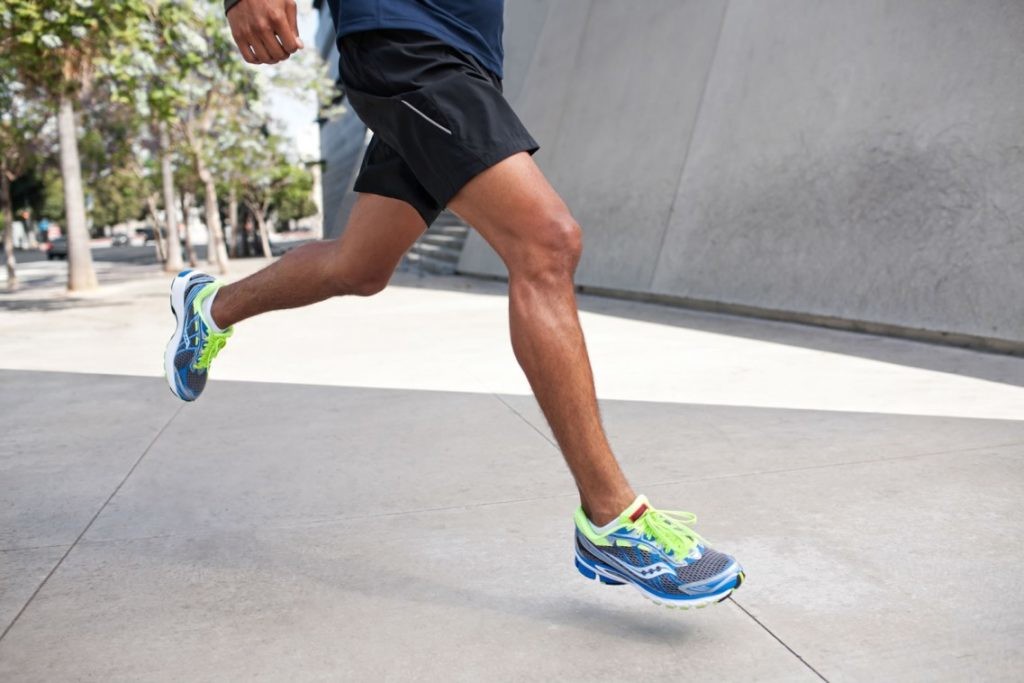Running News Daily
Running News Daily is edited by Bob Anderson. Send your news items to bob@mybestruns.com Advertising opportunities available. Train the Kenyan Way at KATA Kenya and Portugal owned and operated by Bob Anderson. Be sure to catch our movie A Long Run the movie KATA Running Camps and KATA Potato Farms - 31 now open in Kenya! https://kata.ke/
Index to Daily Posts · Sign Up For Updates · Run The World Feed
Study suggests that Increasing your stride rate will decrease your risk of injuries
When stride rate first entered the running conversation, the main focus was performance, with the idea that increasing your stride rate would make you run faster. In recent years, that focus has shifted to injury prevention, and studies have correlated a quicker stride rate with a decreased risk of injuries.
A recent study of Division 1 university cross-country runners has added more evidence to support this theory, finding that a low step rate was a risk factor for bone stress injuries.

The study
The researchers conducting this study (which was published in the British Journal of Sports Medicine) observed 54 healthy collegiate cross country runners over three consecutive seasons. They collected a variety of different measurements, including whole-body kinetics, ground reaction forces and bone mineral density using motion capture on an instrumented treadmill and total body densitometer scans. They then tracked how many of those athletes developed a bone stress injury up to 12 months after that data was collected.

The result? Athletes with a higher step rate were less likely to develop a bone stress injury (like a stress fracture). In fact, for every increase of one step per minute, the athletes’ risk of bone stress injuries was decreased by five per cent. In conclusion, “Low step rate is an important risk factor for BSI among collegiate cross country runners and should be considered when developing comprehensive programmes to mitigate BSI risk in distance runners,” the researchers wrote.
Apply this to your running
So what does this mean for the everyday runner? Increasing your stride rate (i.e. — shortening your stride) can help decrease your risk for injuries, particularly bone injuries. Before you do this, however, you need to know what your current stride rate is. To figure this out, all you have to do is count your steps. On your next run, once you’ve settled into your normal pace, count your steps for 30 seconds, then multiply that number by two to determine how many steps you take per minute.
To increase your stride rate, Nova Scotia runner and physiotherapist Robbie MacDonald suggests running with a metronome app. This way, you can set how many steps per minute you want to take, and try to match your stride to that cadence. MacDonald recommends runners try to maintain a stride rate between 170 and 190 steps per minute. If you enjoy running to music, try choosing songs that fall within that beat range, and try to sync your steps with the music.
by Brittany Hambleton
Login to leave a comment




